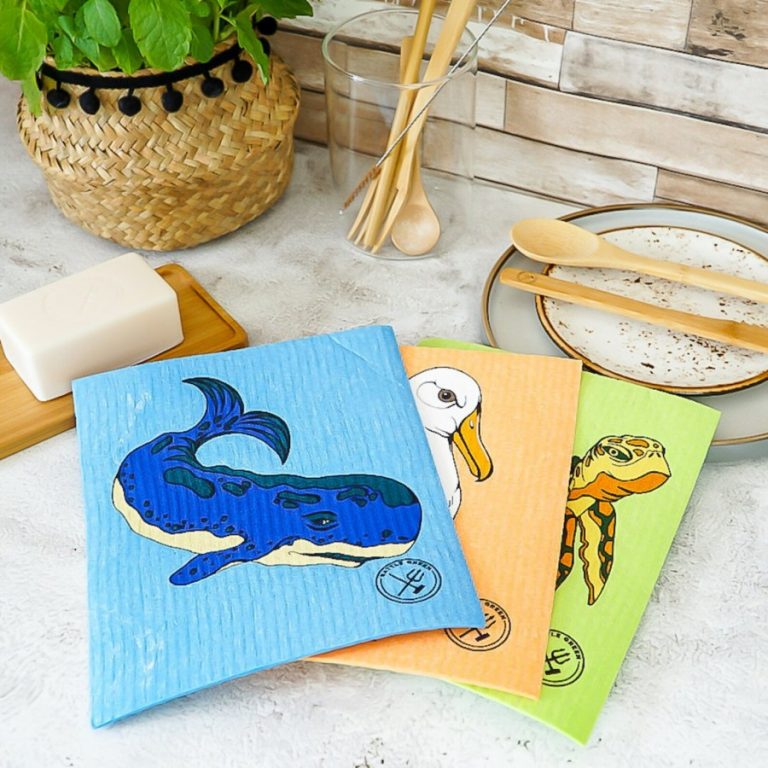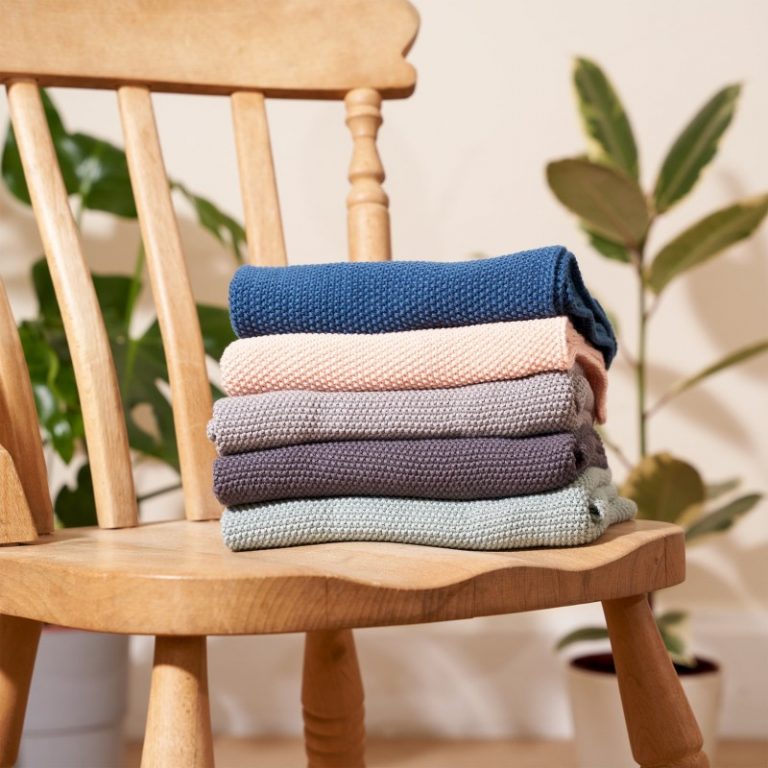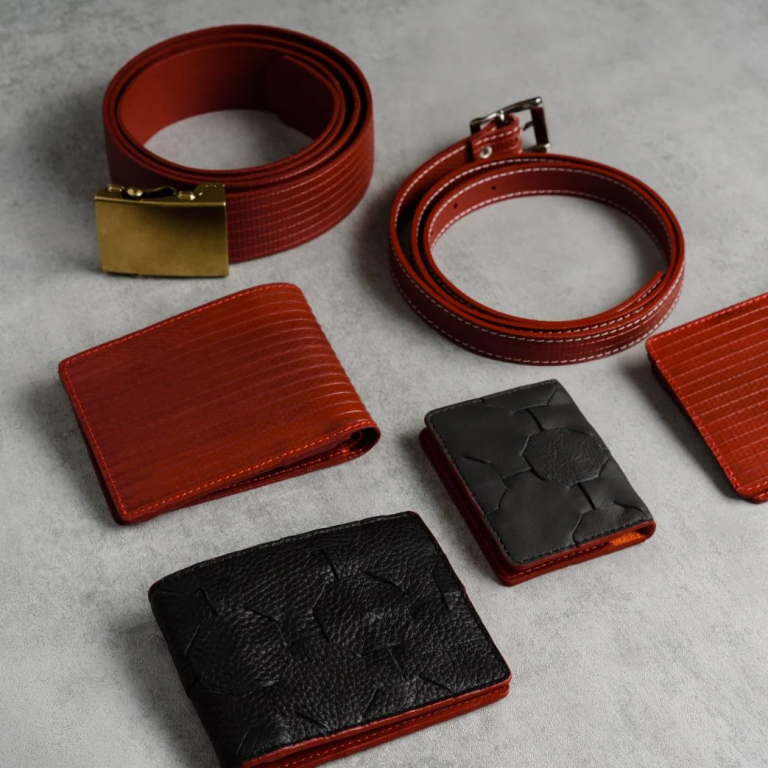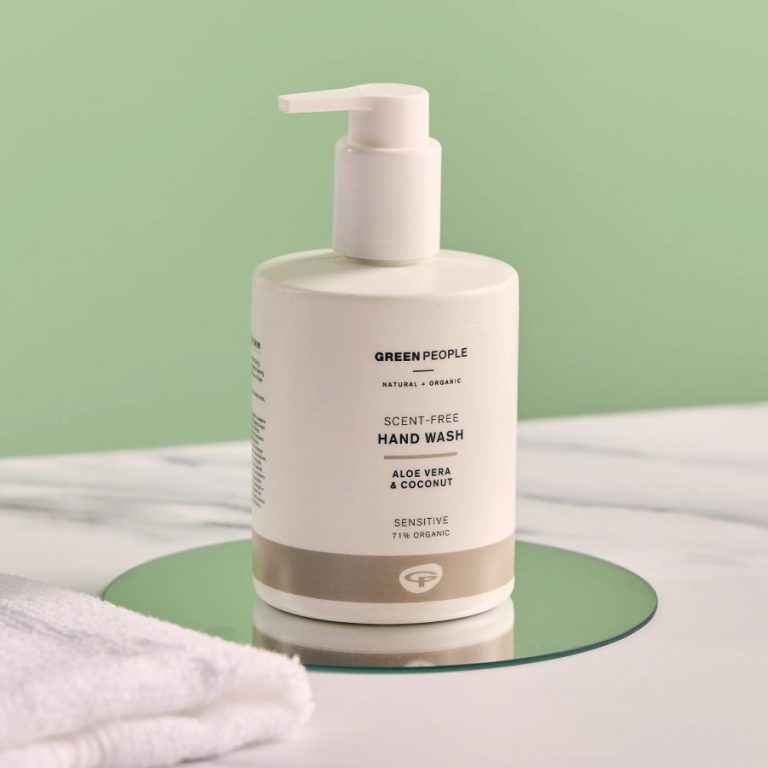
Reborn is a Wiltshire company, which makes quality bathroom accessories, all made from reclaimed plastic waste. This means they have a carbon footprint almost 80% lower, than importing virgin plastic items from Asia, like most brands.

Designed to last years, the items are in mostly stone or grey or black, to blend in with any bathroom design. The range includes:
- A soap dish to help palm-oil-free vegan soaps drain quickly. It’s easy to clean, thanks to the smooth surface.
- A liquid soap dispenser, to hold biodegradable hand soaps. The wide stable base and top seal, prevents leaks.
- A bathroom caddy (this has raised surfaces to allow air-flow and prevent mould).
- A toothbrush holder (with airflow holes) and sections to store dental items (never use xylitol brands near pets).
We don’t recommend the toilet brush, as it’s made from plastic (recycled or otherwise, scrubbing toilet pans with plastic leaches microplastics, which go into the sea – even ‘silicone toilet brushes’ tend to have TPE plastic heads).
You don’t need a toilet brush to clean your loo. Just pour 1 cup of baking soda into the pan, then 1 to 2 cups of cleaning vinegar (the solution will fizz). Leave for 10 minutes, then use a plastic-free sponge to scrub the toilet bowl, and flush to rinse.
Why Choose Recycled Plastic?

Recycled plastic clothing is not a good idea, as it leaches microplastics from washing machines, into the sea. So choosing non-washable items like bathroom accessories, is a good way to use up the colossal amount of plastic waste in society. It also prevents new plastic (made from oil) being produced.
To get virgin plastic bathroom waste items out of your town forever, have your community order a TerraCycle Bathroom Waste Box (everyone can pool a few pounds to pay for the box). Then when full, it’s sent off using the prepaid label, and everything is made into other goods like piping or garden benches.
Why Avoiding New Plastic Matters
Global plastic production has surged to around 400 million tonnes each year. A large share of that becomes waste within months. A lot of it goes to landfills, and a shocking amount leaks into rivers and seas. Around 8 million tonnes of plastic enter the oceans each year. That is the same as a full rubbish truck every minute, tipping straight into the water.
Plastic does not disappear. It breaks into microplastics that drift through the environment. In soil, these bits can change how water moves and how plants grow. In water, they bind to toxins and get eaten by fish and birds. The pieces are tiny, but the problem grows with each new item used once and tossed.
Avoiding new plastic items helps cut this stream. Reusing jars, keeping a sturdy bag in your backpack, refilling a bottle, and choosing unpackaged produce keep waste out of nature. One small change repeats hundreds of times a year. That is how habits scale.
Think about the long view. Today’s crisp packet can linger for centuries. The choices we make now shape what our children inherit. A cleaner park, a river that runs clear, and a beach free of litter come from steady, simple action.
Try starting small:
- Carry a reusable bag and cup.
- Pick loose fruit and veg instead of wrapped packs.
- Refill water bottles at home, at work, or at public fountains.
- Repair or repurpose containers before buying new.
The Scale of the Plastic Problem
Single-use items drive most of the waste. Straws, cutlery, sachets, film, and takeaway boxes live for minutes in our hands, then stay for centuries in the environment. A plastic bag can take up to 450 years to break down. That bag may clog a drain, flood a street, or wash into the sea by the next storm.
Landfills fill with layers of plastic that shed microplastics into nearby soil and water. Rivers clogged with bags and packets spill their contents during heavy rain, which pushes waste to coasts. The pattern is clear. High production, short use, and long harm.
How Avoidance Helps Clean Up
Avoidance reduces demand, and lower demand reduces production. Less production means fewer items to dispose of and fewer losses to the environment. Recycling helps, but it has limits. Many items are hard to sort or contaminated with food. Some plastics cannot be recycled at all.
Saving Natural Resources and Energy
Plastic comes from oil and gas, which are finite and polluting to extract. When we buy new plastic, we support more drilling, refining, and transport. That adds emissions and air pollution that reach far beyond the lifespan of the item.
Avoiding new plastic items saves both raw materials and energy. Making new plastic uses more energy than recycling. On average, producing a new plastic product uses about 80 percent more energy than making a product from recycled plastic.
Plastics from Finite Resources
Most plastics start as hydrocarbons from oil and gas. About 4 percent of global oil use goes into making plastics, and more is burned to power the process. Every skipped new item is a small act of conservation. Less extraction means fewer emissions and cleaner water in regions that bear the burden of production.
Simple swaps have clear air and water benefits. Using a glass jar for storage, a metal lunch box, or a wooden brush cuts demand for fresh plastic and reduces the flow of waste.
Energy Savings in Everyday Choices
Energy hides in everything we buy. Think of a single-use bottle. Energy goes into pumping oil, refining it, producing resin, moulding the bottle, and moving it to shops. Reusing a bottle dozens or hundreds of times spreads that energy over many uses, which means a lower footprint per drink.
Protecting Wildlife and Ecosystems
Plastic harms nature at every stage. It chokes beaches, traps animals, and poisons food chains. Over 1 million seabirds and 100,000 sea mammals die each year from plastic ingestion or entanglement. These are not distant problems. Nets, ropes, bags, and tiny fragments travel worldwide.
Microplastics break off larger items and enter food chains. Plankton eat them, small fish eat the plankton, and the plastic moves up the chain. Some of these particles end up on our plates. Avoiding new plastic items helps stop this flow at the source. Less production and less litter lead to fewer hazards in rivers, fields, and seas.
Impacts on Marine Animals
The sea turns our waste into traps. Turtles mistake floating bags for jellyfish and swallow them, which blocks their gut. Seabirds feed bright plastic bits to chicks, which starve with full stomachs. Seals and dolphins get caught in loops from packaging rings and discarded ropes.
These stories are backed by countless beach checks and necropsies. Scientists find plastic in bellies and wrapped around necks. When fewer items enter the water, the pressure eases. Bans on certain single-use items, paired with reuse habits, have already reduced the number of plastic bags found on some European coasts.
Broader Ecosystem Effects
Plastic does not only haunt the sea. In fields and forests, it breaks into shards that mix with soil. These shards can change how soil holds water and may harm earthworms and insects that help keep soil healthy. Plants can struggle in polluted ground. Livestock and wildlife can eat sharp fragments and fall ill.
Biodiversity weakens when habitats fill with waste. Small daily actions help restore balance. Buying fruit without trays and film, choosing bar soap without a bottle, and refilling cleaners reduce the odds that plastic will reach hedgerows, ditches, and streams.






